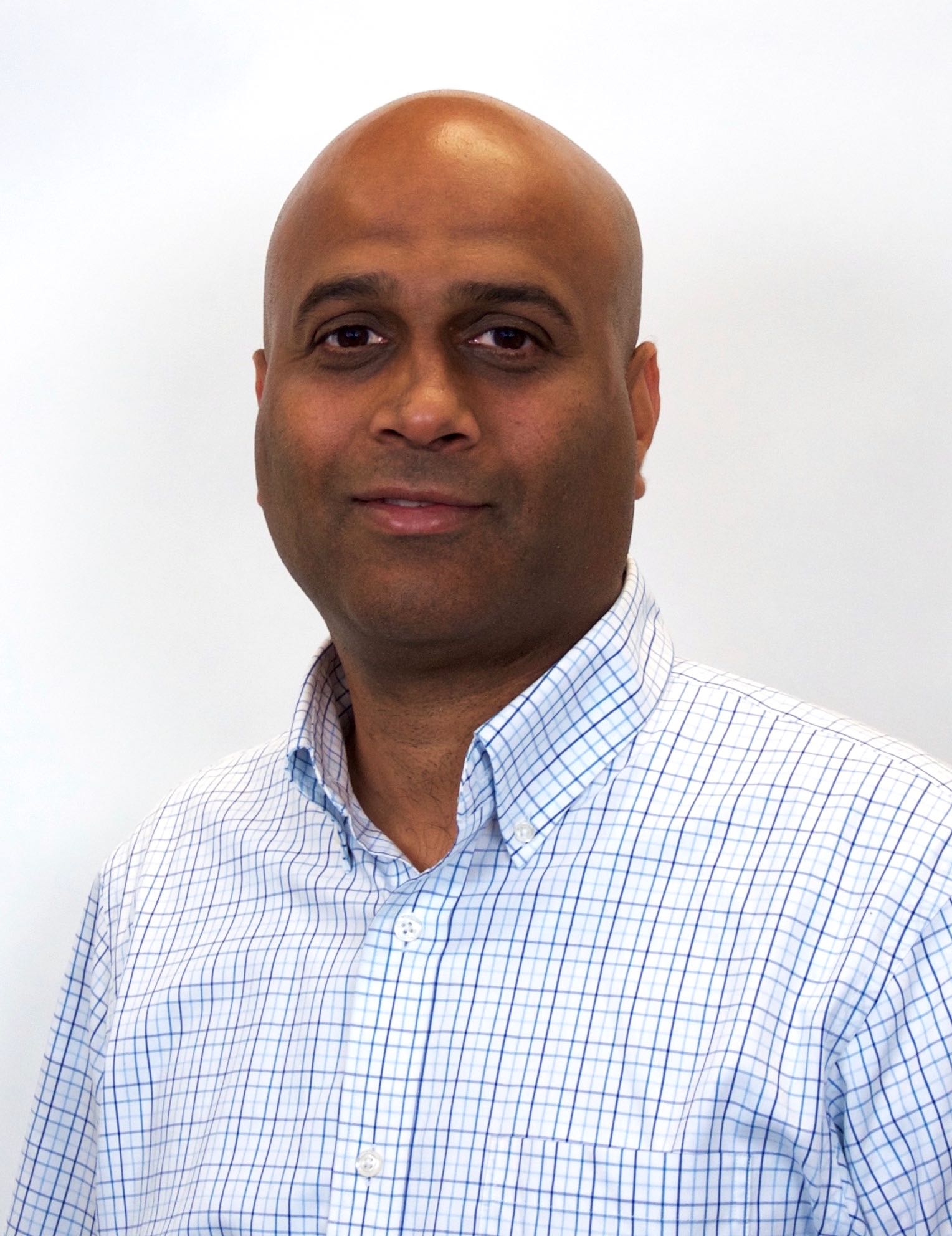WiSleep: Smartphone-driven Sleep Population Monitoring with Unsupervised Learning
Abstract
References
Index Terms
- WiSleep: Smartphone-driven Sleep Population Monitoring with Unsupervised Learning
Recommendations
How Do We Sleep: a Case Study of Sleep Duration and Quality Using Data from Oura Ring
UbiComp '18: Proceedings of the 2018 ACM International Joint Conference and 2018 International Symposium on Pervasive and Ubiquitous Computing and Wearable ComputersWe spend almost one third of our life in sleep. Sleep is one of the main contributors to our life and wellbeing. Sleep disorders are know to have adverse health effects but studies have also shown that too little or too much sleep is correlated with a ...
Are smartphones detrimental to adolescent sleep? An electronic diary study of evening smartphone use and sleep
AbstractPrevious research associated smartphone use with worsened sleep among adolescents. However, the prior findings were mainly based on cross-sectional, self-reported data, and a between-person level of analysis. This study examined between- and ...
Highlights- We examined inter- and intraindividual associations between evening SU and adolescent sleep.
- Typical level of logged SU before sleep was not associated to sleep outcomes.
- At nights when SU was longer than usual, it was associated ...
Making Sense of Sleep Sensors: How Sleep Sensing Technologies Support and Undermine Sleep Health
CHI '17: Proceedings of the 2017 CHI Conference on Human Factors in Computing SystemsSleep is an important aspect of our health, but it is difficult for people to track manually because it is an unconscious activity. The ability to sense sleep has aimed to lower the barriers of tracking sleep. Although sleep sensors are widely available,...
Comments
Information & Contributors
Information
Published In

Publisher
Association for Computing Machinery
New York, NY, United States
Publication History
Check for updates
Author Tags
Qualifiers
- Research-article
Contributors
Other Metrics
Bibliometrics & Citations
Bibliometrics
Article Metrics
- 0Total Citations
- 106Total Downloads
- Downloads (Last 12 months)106
- Downloads (Last 6 weeks)51
Other Metrics
Citations
View Options
Login options
Check if you have access through your login credentials or your institution to get full access on this article.
Sign in

